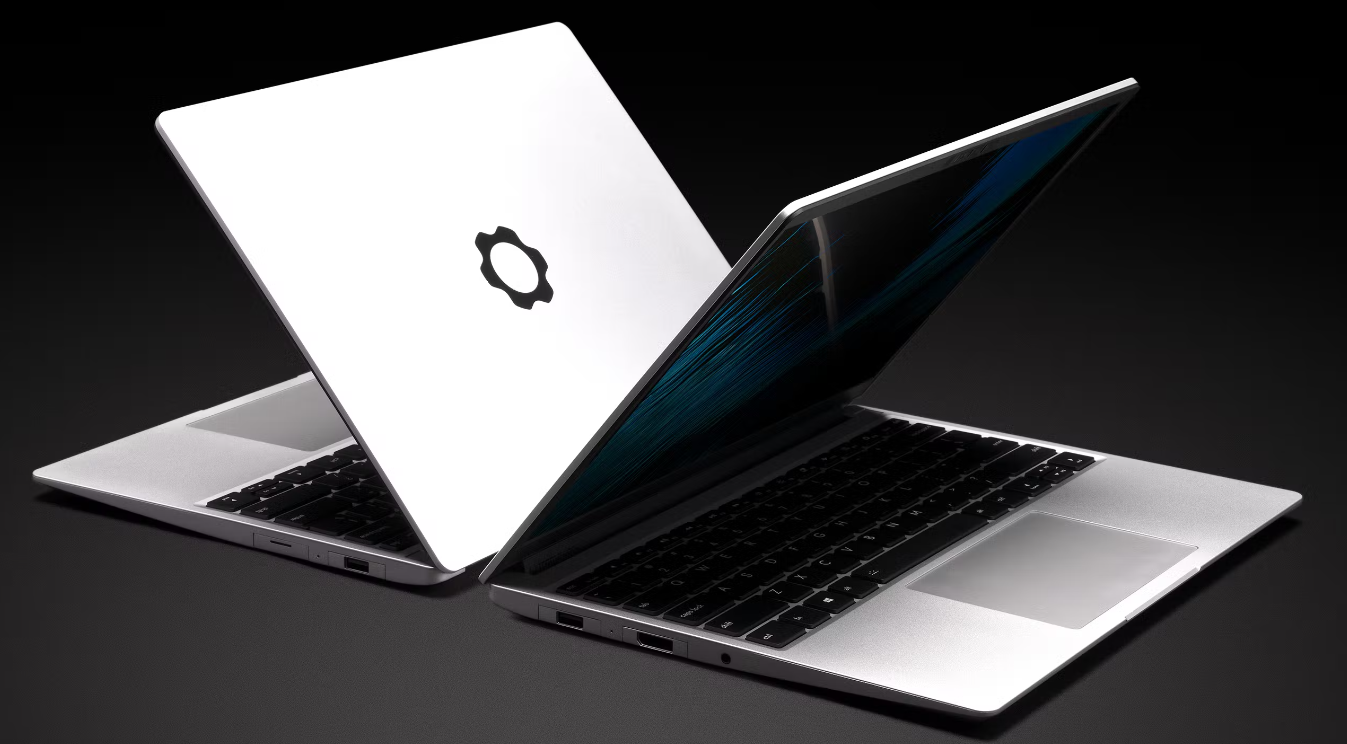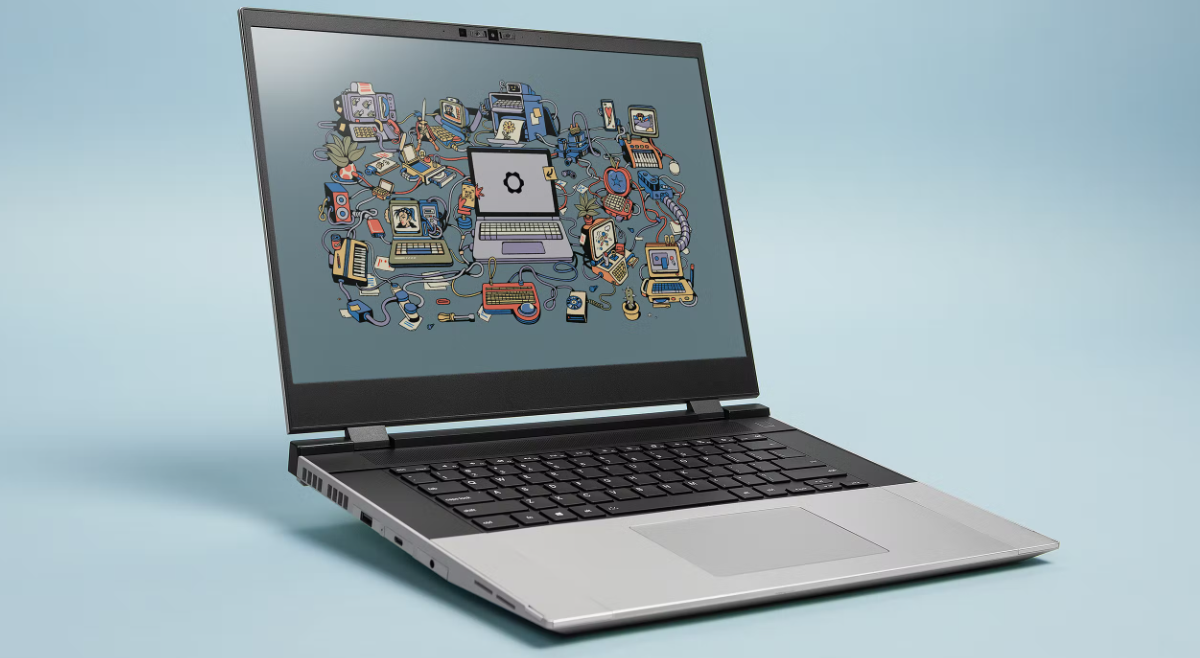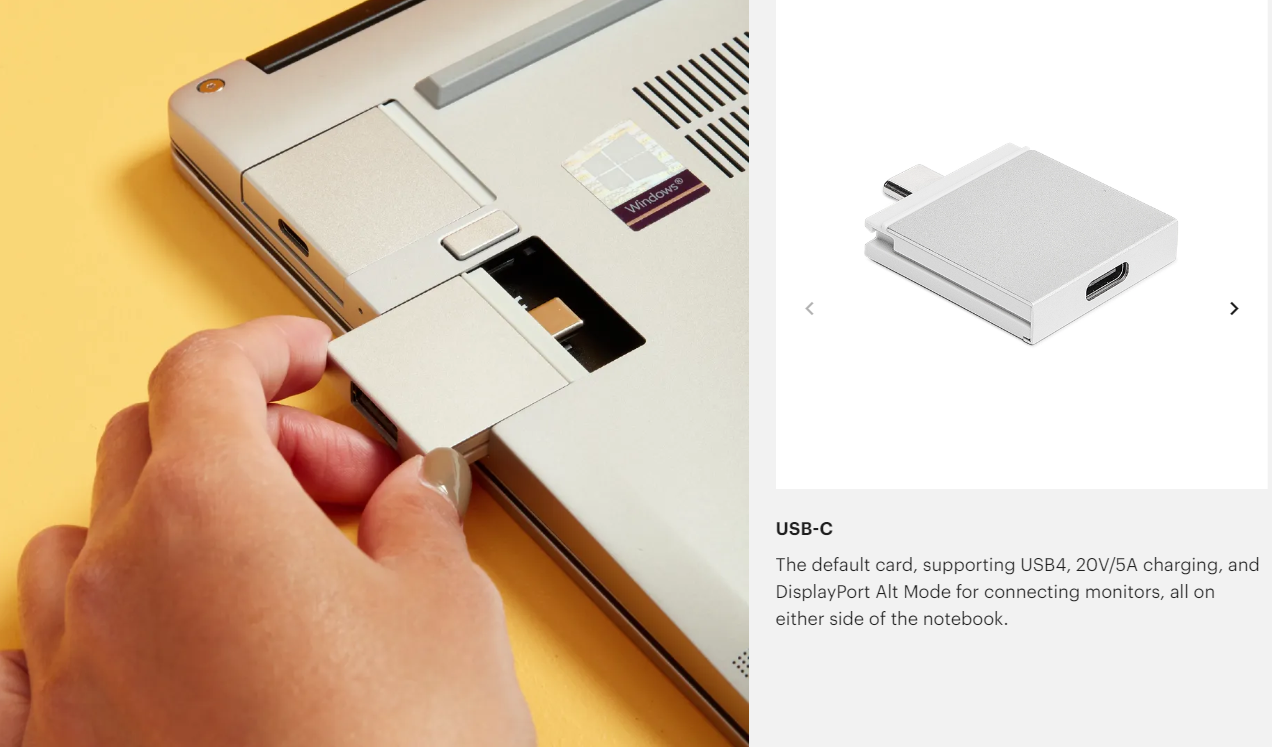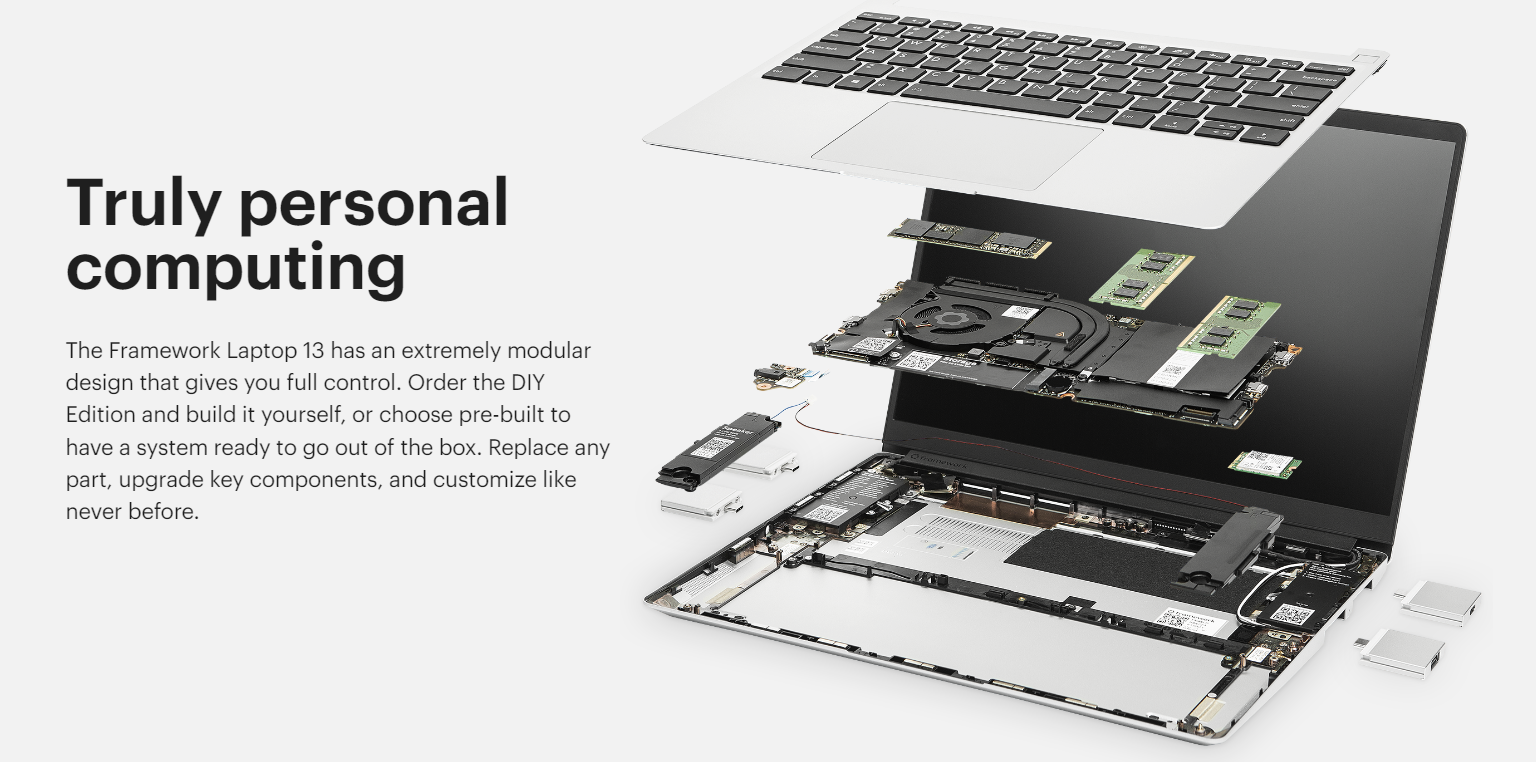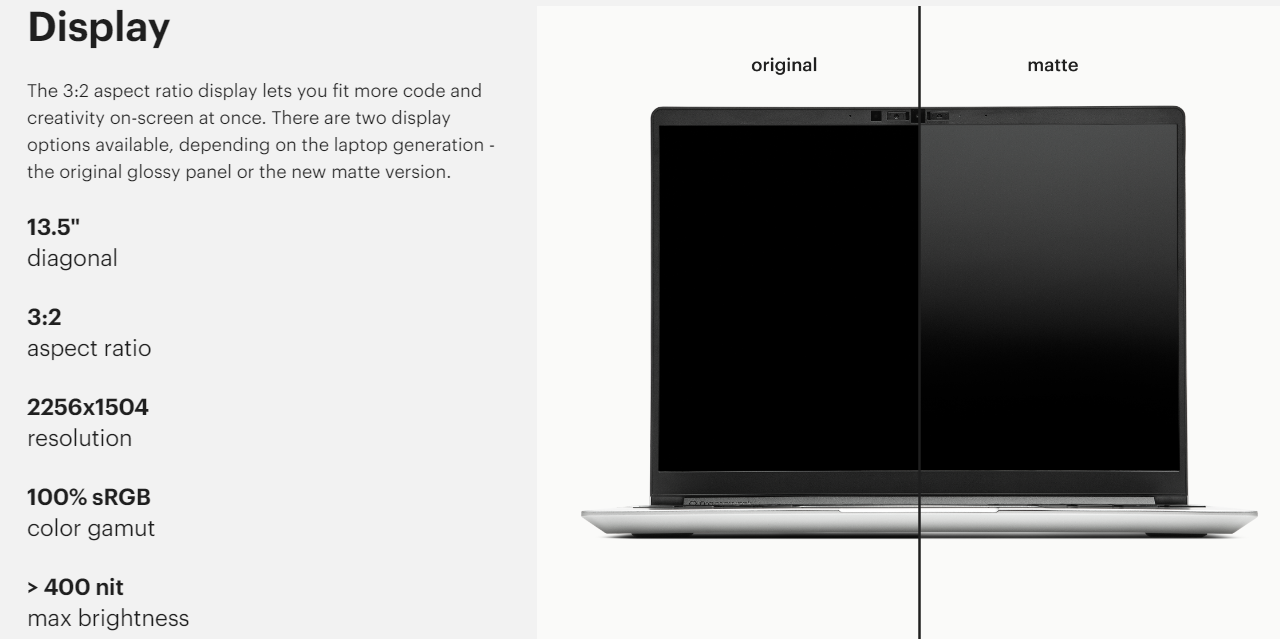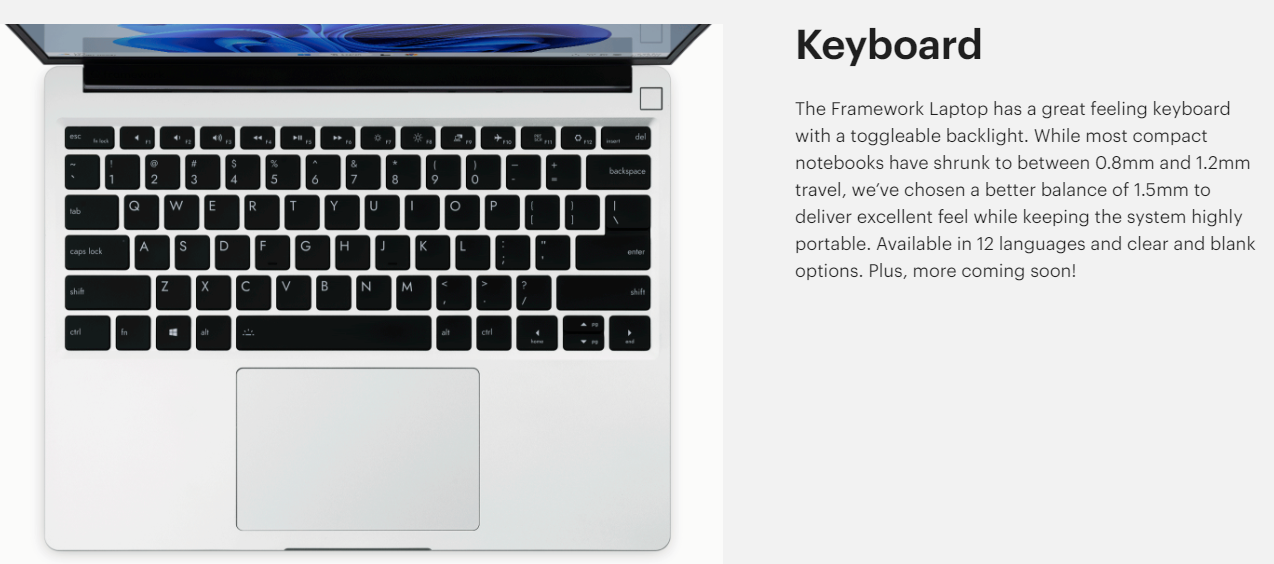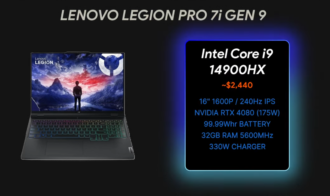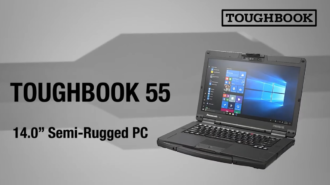Framework Laptop Review
- 1 Framework Laptop Specifications
- 1.1 Pros:
- 1.2 Cons:
- 1.3 Price
- 1.4 Ports and Components
- 1.5 Design
- 1.6 Display
- 1.7 Visuals And Keyboard
While other companies like Acer and Asus have been experimenting with novel laptop designs (such as dual screens or pop-up and slide-out keyboards), the Framework Laptop is in a league of its own as a portable computer with a design based on true modularity and component capability.
This 13.5-inch ultraportable was created with the user’s ability to open it up, change out components, and continue using it for years in mind. One of the most fascinating laptops I’ve seen in the previous ten years is the Framework Laptop. The anti-MacBook, this notebook promises extreme user freedom regarding modification and upgradeability without sacrificing portability or price.
Framework Laptop Specifications
| Laptop Class | Ultraportable |
| Processor | Intel Core i7-1165G7 |
| RAM | 16 GB |
| Boot Drive Capacity (as Tested) | 512 GB |
| Boot Drive Type | SSD |
| Screen Size | 13.5 inches |
| Graphics Processor | Intel Iris Xe |
| OS | Windows 10 Home |
| Wireless Networking | 802.11ax (Wi-Fi 6), Bluetooth |
| Price | $999 |
Pros:
- The majority of the parts are user-replaceable.
- Environmentally friendly planning and construction; reuse of resources
- Pre-assembled or available as a do-it-yourself kit
- Ingenious QR code accessibility and navigation
Cons:
- The idea needs sustained funding from a company.
- The do-it-yourself nature of it may put off less experienced computer users.
Price
The starting price for a Framework laptop is $999. Still, you can get one for as little as $749 if you’re willing to assemble it yourself, supply your memory, storage, operating system, and Wi-Fi card and buy it exclusively from the Framework website(opens in new tab).
The Framework’s starting setup costs $999 and includes a 256GB NVMe SSD, 8GB of DDR4 RAM, and Windows 10 Home on an Intel Core i5-1135G7 processor.
Ports and Components
Framework Computer is committed to the problematic goal of making all laptop parts and components interchangeable. The screen’s bezel frame can be swapped for a different colour on the outer chassis. (The sample we received for review has a black frame.) The frame may be gently pried off. The plastic is pliable and is attached to powerful magnets. It’s simpler if the screen can be opened to a flat 180 degrees. Careful disengagement of the bottom bezel is required because it wraps around the hinge area.
More importantly, the four actual port connections are contained in modules that may be swapped out for others in the box. A USB Type-A port may be converted to a USB Type-C port by swapping out the modules, and the same goes for the video-out options (HDMI and DisplayPort), which can be helpful if you want to attach an additional display but don’t always need to.
Design
The Framework’s aluminium chassis is sleek and unremarkable, making it impossible to distinguish it from any of the other computers on the table. This homemade ultraportable weighs only 2.8 pounds, measures 11.67 by nine by 0.62 inches, and is just as slim as Apple’s MacBook Air with M1. Even more impressive is the fact that the Framework team managed to accomplish this thickness while making the laptop’s primary components modular and user-replaceable, as opposed to soldered to the board like in the MacBook Air.
Despite their unassuming exterior, the framework chassis’s most exciting parts are concealed. Five little screws on the bottom of the laptop must be undone to gain access. The framework ships every computer with an included screwdriver/spudger that consists of a swappable T5/PH0 bit which fits every screw on the Framework, so you shouldn’t have any trouble finding a screwdriver to fit them.
Display
The 13.5-inch screen is crisp and practical thanks to the high 3:2 display ratio that allows for a resolution of 2,256 by 1,504. The increased prevalence of 3:2 displays on laptops in recent years is something I wholeheartedly support; the additional vertical space allows you to view more of a document or website at once, meaning less scrolling is required in everyday work.
The 13.5-inch screen is crisp and practical thanks to the high 3:2 display ratio that allows for a resolution of 2,256 by 1,504. The increased prevalence of 3:2 displays on laptops in recent years is something I wholeheartedly support; the additional vertical space allows you to view more of a document or website at once, meaning less scrolling is required during everyday work.
Visuals And Keyboard
Two DirectX 12 game simulations from UL’s 3DMark are used to evaluate the graphical capabilities of Windows PCs. Night Raid is a lightweight test ideal for laptops with integrated graphics, while Time Spy is a challenging test that is best run on desktop PCs with dedicated graphics processing units. GFXBench 5, a universal GPU benchmark, is also utilised, with two tests done.
This benchmark heavily emphasises low-level tasks like texturing and complex ones like those found in video games. Graphics and compute shaders using the OpenGL API and hardware tessellation are put through their paces in the 1440p Aztec Ruins and 1080p Car Chase tests, produced offscreen to suit varying screen resolutions. The higher your frame rate is in GFXBench, the better.

